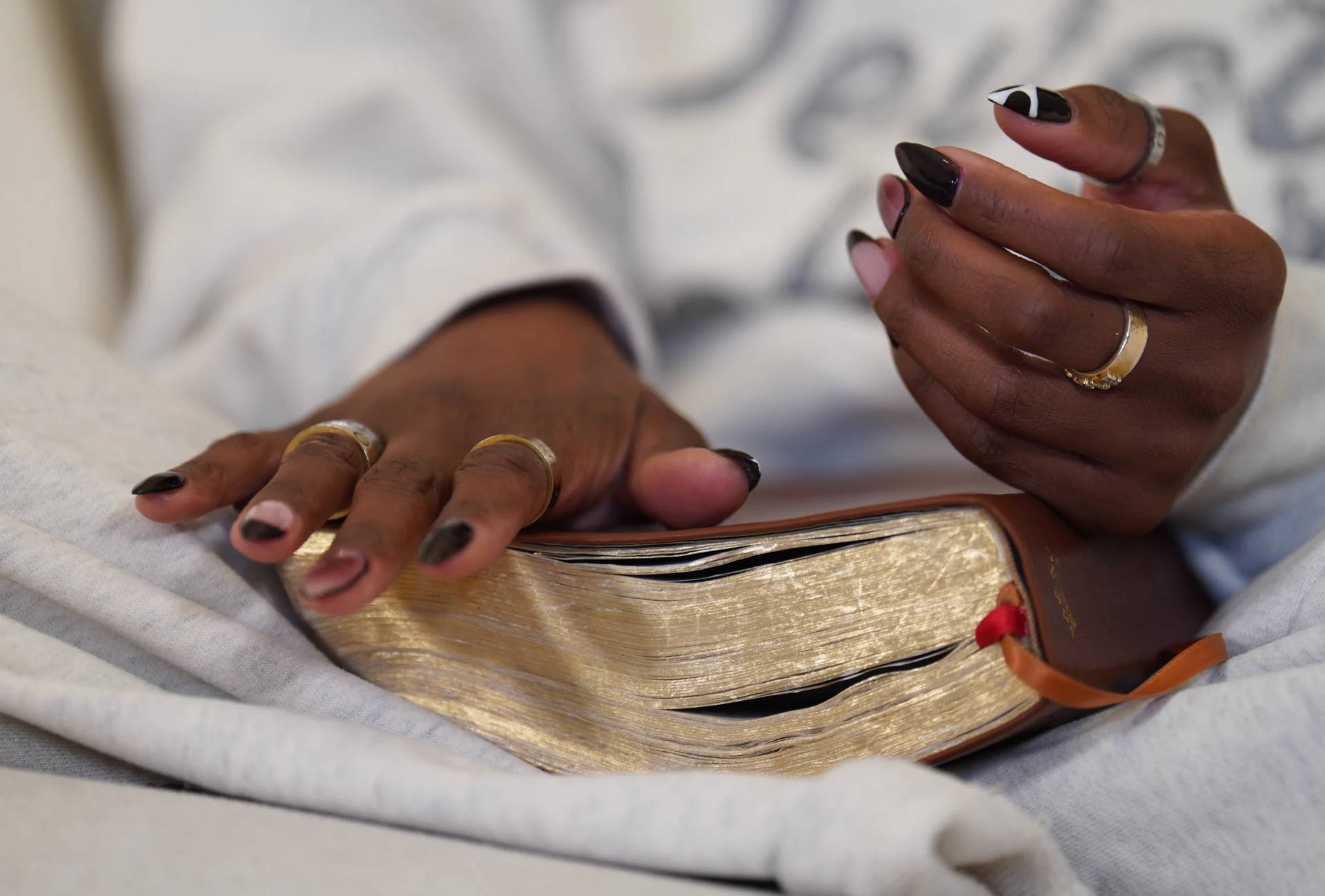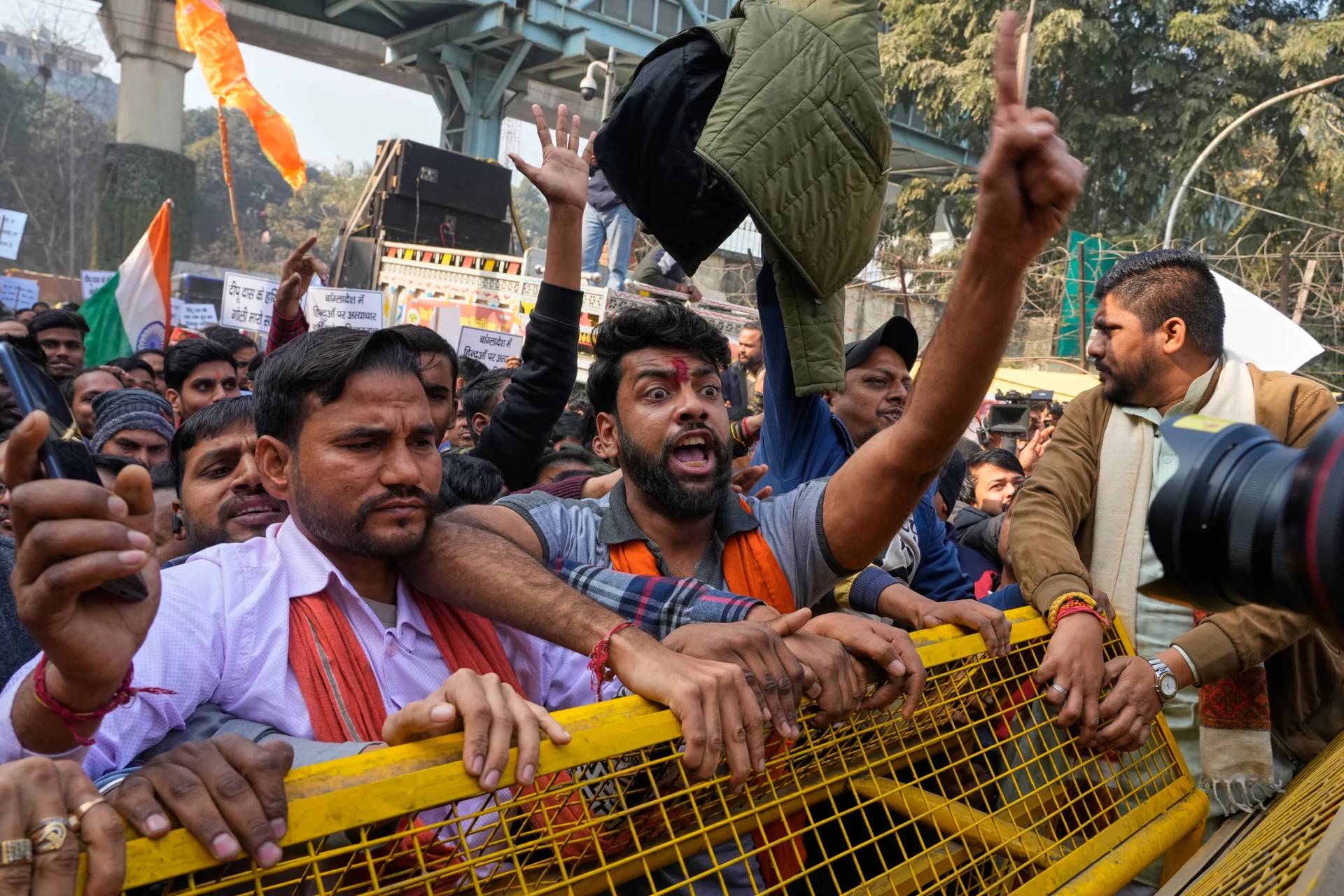NEW YORK – Sherif Girgis said he felt “kind of a gut punch” after the draft of a Supreme Court majority decision was leaked late on May 2. The former law clerk at the nation’s high court couldn’t believe what he called an “astonishing and appalling” move by the leaker.
“I think the overwhelming majority of people who have ever worked at the court in any capacity, including law clerks on both sides of the aisle would never think to do something like this,” said Girgis, who clerked for Justice Samuel Alito in 2018-19, and currently works as an associate professor at Notre Dame Law School. “It’s an egregious breach of trust.”
The sentiment is shared by others in the law profession with connections to the Supreme Court. Their focus is less on the content of the leaked draft – which as many anticipated overturns Roe v. Wade and Planned Parenthood v. Casey and sends abortion law back to the states – and more on what it says about the current state of the court, and the implications for its future.
The court’s 1973 Roe decision legalized abortion nationwide. The Casey decision affirmed Roe in 1992.
Girgis made the comments at a May 3 Notre Dame Center for Citizenship and Constitutional Government panel discussion on the leak. He said it’s almost certain the leak won’t affect the outcome of the case at hand, that is Dobbs v. Jackson Women’s Health Organization.
“I think the real or maybe even intended impact of it is just to make the court look like a political institution,” Girgis noted. “The goal I think, or at least the likely effect is to undermine the sense that the court is a legitimate institution that does law not politics.”
On that point, University of California, Berkeley, Emanuel S. Heller professor of law John Yoo added at the panel discussion that the leak is the use of partisan political fighting tactics usually reserved for the executive branch and Congress. No matter what happens now, Yoo said, “the court has lost because this just strikes me as an effort to undermine the legitimacy of the court.”
Yoo was a law clerk to Justice Clarence Thomas in 1994-95.
Speaking with Crux, Boston College Law professor Kent Greenfield views the leak a bit differently, acknowledging how the flaws of the current iteration of the court got it to this point. He classified the leak as “a symptom of a more profound, fundamental problem with the court’s legitimacy and the court’s standing in the public eye.”
To highlight the way the court has changed Greenfield looks back to 1992 when the Supreme Court ruled on Casey. Similar to the current iteration, at that time the Supreme Court also had a strong conservative majority presented with an opportunity to potentially overturn Roe, and the public thought it was set to do so.
However, three of the conservative justices – Justices Sandra Day O’Connor, David Souter, and Anthony Kennedy – instead reaffirmed Roe citing the need to respect precedent, and not risk undermining the court’s legitimacy to the American people. The justices argued that “an entire generation has come of age free to assume Roe’s concept of liberty in defining the capacity of women to act in society, and to make reproductive decisions.”
“I think back to Casey 30-years-ago and you had O’Connor, Kennedy and Souter – three Republican-appointed justices cobbling together plurality that maintained the core of the holding of Roe – so in a way that was a court that thought of itself as separate from politics in ways that this court cannot hold itself out as being,” said Greenfield, who clerked for former Justice David Souter in 1994-95.
“This is the first time in several generations in which the polarization of the court is nearing the polarization of the country,” he continued. “The conservative appointees are conservative. The democratic appointees are liberal.”
The draft that was leaked on May 3, was a first draft majority opinion written by Alito that was dated February 10. It’s unclear what, if anything, has changed in the months since, as Greenfield said it’s almost certain that more drafts have circulated among the justices.
Girgis noted that whatever has or hasn’t changed, the leak “is almost certain to have no effect on what the court does in Dobbs.”
Richard W. Garnett, a Notre Dame Law School professor who clerked for the late Chief Justice William Rehnquist in 1996-97 said in a statement to Crux that for the court’s sake “we should all hope that the justices will not be swayed or influenced by such efforts” regardless of one’s views on the legal questions of the case.
The question that hangs over everything related to the leak is still who and why. Chief Justice John Roberts has already called for an investigation into the source of the leak. Meanwhile, everyone is left scratching their heads for an answer.
Greenfield said it’s likely that fewer than 50 people had access to the opinion. He sees two possibilities: A liberal justice or clerk leaked the draft to create backlash and start a legislative response, or a conservative justice or clerk released the draft in order to maintain the thin five vote majority with Roberts’ vote still in the air. He’s leaning towards the latter.
“If Roberts has been trying to cobble together middle ground like the three justices did in Casey, then one way Alito or another conservative justice or clerk might try to keep those defections from happening is by releasing the draft so that, in the end, if this opinion does not turn out to be a majority, then it will be obvious who defected,” Greenfield said.
Yoo, on the other hand, can’t see why conservatives would want to leak this if they already had the five votes needed to overturn Roe v. Wade, calling it “an unsuccessful strategy.”
Girgis doesn’t see a benefactor.
“It’s very hard for me to reconstruct who would have done this because it doesn’t seem to make sense from anybody’s perspective,” Girgis said. “The personal risk is astronomical.”
Follow John Lavenburg on Twitter: @johnlavenburg














